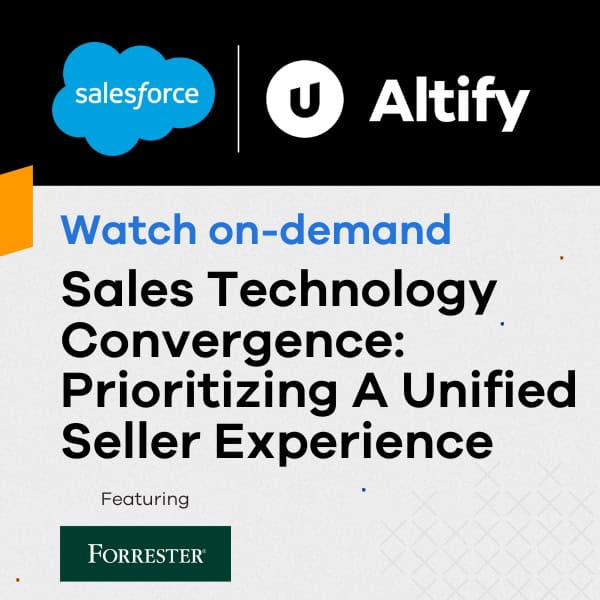Want to retain your customers?
Customer Retention was chosen as the #1 Strategic Imperative by the 833 participants in the Altify Business Performance Benchmark Study 2017. With 87.3 percent of participants selecting Customer Retention, it was just ahead of the 86.6 percent who chose Revenue Growth as a key strategic area.
These results are hardly surprising. Although there are regional variations, they reflect a ‘customer-first’ approach brought about by the growth of the subscription economy, the recognition of customer-centricity as a key driver for business growth, and the increased power of the customer. All of these factors, fueled by the Internet and the ubiquity of information, have put into focus the need to retain existing customers.
Yet the study goes on to show that, in Customer Retention, achievement consistently falls well short of target. Just over two thirds of respondents (69%) state that Customer Retention is materially in line with plan.
It all starts with the customer.
And there are lots of things I need to know to be able to serve my customer well. There are key elements I need to research which include my relationship, their buying process, their business, the business units they have, their suppliers, their customers, etc., as well as the business challenges they are facing. That’s before we even address competition, financial pressures, operational pressures, business partners, industry trends, phase of business lifecycle, culture …and the list goes on.
 To help gain insight, think about the steps that the customer goes through. Customers typically begin the journey with you as a prospect, then the prospect becomes a customer, and if we do our job well, serve the customer well, and we deliver on our promises, then that customer becomes a loyal customer.
To help gain insight, think about the steps that the customer goes through. Customers typically begin the journey with you as a prospect, then the prospect becomes a customer, and if we do our job well, serve the customer well, and we deliver on our promises, then that customer becomes a loyal customer.
The problem, however, is that in many cases, the customer then becomes a former customer.
Account planning accelerates the progression through Steps 1, 2, and 3 in the diagram to the right, and helps slow down or completely stop the transition to former customer.
One reason customers leave is they lose their trust in our ability to continue to solve their business challenges. And trust is becoming even harder to gain as the following graphic below shows.
Trust is essential.

A shared view of success.
It also happens when vendors are not close enough to their customers and don’t have a shared view of success and a shared plan to get there.
When effectively implemented – and that means taking a comprehensive and cohesive approach before, during, and after the sale – account planning drives revenue, guides you to identify ‘white space’ in your key accounts, increases customer satisfaction, and aligns your organization to serve your customer better. Success comes from partnering with the customer and working toward a win-win outcome. That’s the only path.
The benefits that accrue go beyond revenue numbers. Satisfied customers buy more from you without calling your competitors first. Non-competitive deals are easier to win. Customers who are served well stay with you, and its easier to make your revenue targets year after year.
With effective account planning, you understand your customer’s business, sit with them on their side of the table, and strengthen your ability to shape their thinking and business strategies. A happy customer is one you will retain; a happy customer is hostile territory for your competitor.
To find out more Download the Report or contact me if you would like to learn more.


